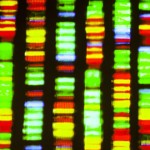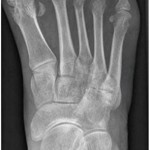SAN FRANCISCO—A 40-year-old woman shows up in the clinic with scarring alopecia, with an area of hyperpigmentation on the rim of her scalp, extending from just behind the temple to behind her ears. An examination with a dermatoscope shows hyperkeratotic follicular plugging. The case—in this example, the discoid form of cutaneous lupus erythematosus (DLE)—is one…






